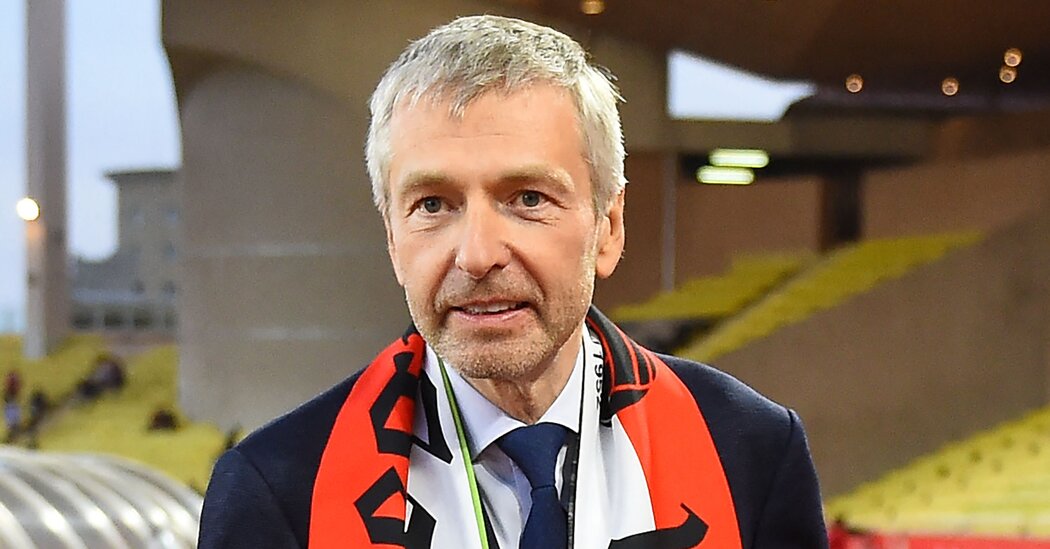Sotheby’s was involved in a dozen of the sales, but only four are the subject of the lawsuit. The auction house has said that it knew nothing of any scheme and, as its lawyers argued again on Friday, that Rybolovlev should blame only himself for failing to protect himself against price inflations.
In particular, said Marcus Asner, a lawyer for Sotheby’s, Rybolovlev’s aide had never formalized the agency agreement with Bouvier, had never asked to see contracts with the sellers Bouvier said he was buying art from, and had never checked to see where all the money Rybolovlev paid was going.
Though Rybolovlev’s aide was the point person, Asner said, the billionaire himself also never checked these things and ultimately was responsible because he was in charge.
“You understand the term ‘trust and verify’?” Asner said.
“I understand,” Rybolovlev replied.
“Mr. Rybolovlev, are you familiar with the term ‘the buck stops here’?” Asner asked later. “You’re the boss.”
One of the most compelling moments in Rybolovlev’s second day on the stand was his account of how he first became aware that he had been significantly overpaying for his art. Rybolovlev, speaking softly in Russian through a translator who sat by his side, described for the jury a chance meeting in St. Barths in December 2014 with a New York art adviser.
Over lunch with his girlfriend, a friend who was a collector, and the friend’s wife in a restaurant at the Eden Rock hotel, Rybolovlev said, he struck up a conversation with the art adviser Sandy Heller. The art adviser, he said, mentioned that a client, the hedge fund manager and Mets owner Steven A. Cohen, had recently sold a Modigliani painting for $93.5 million.
